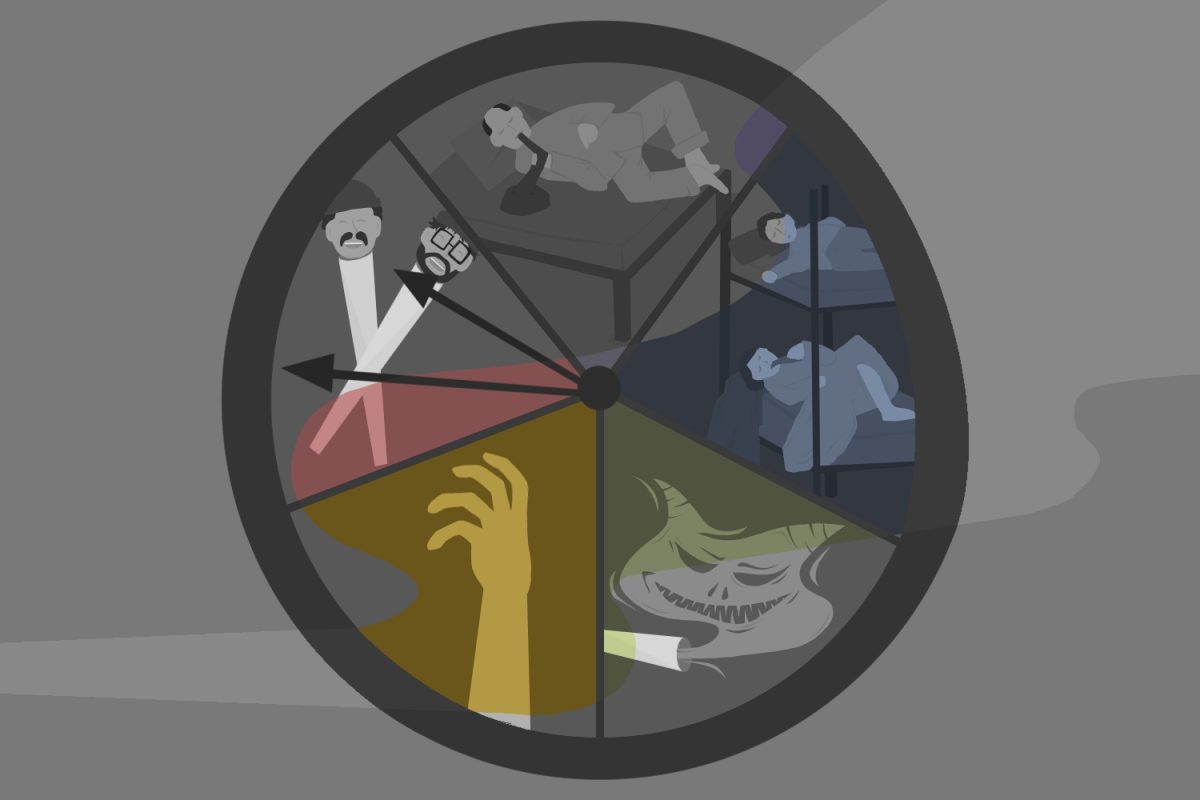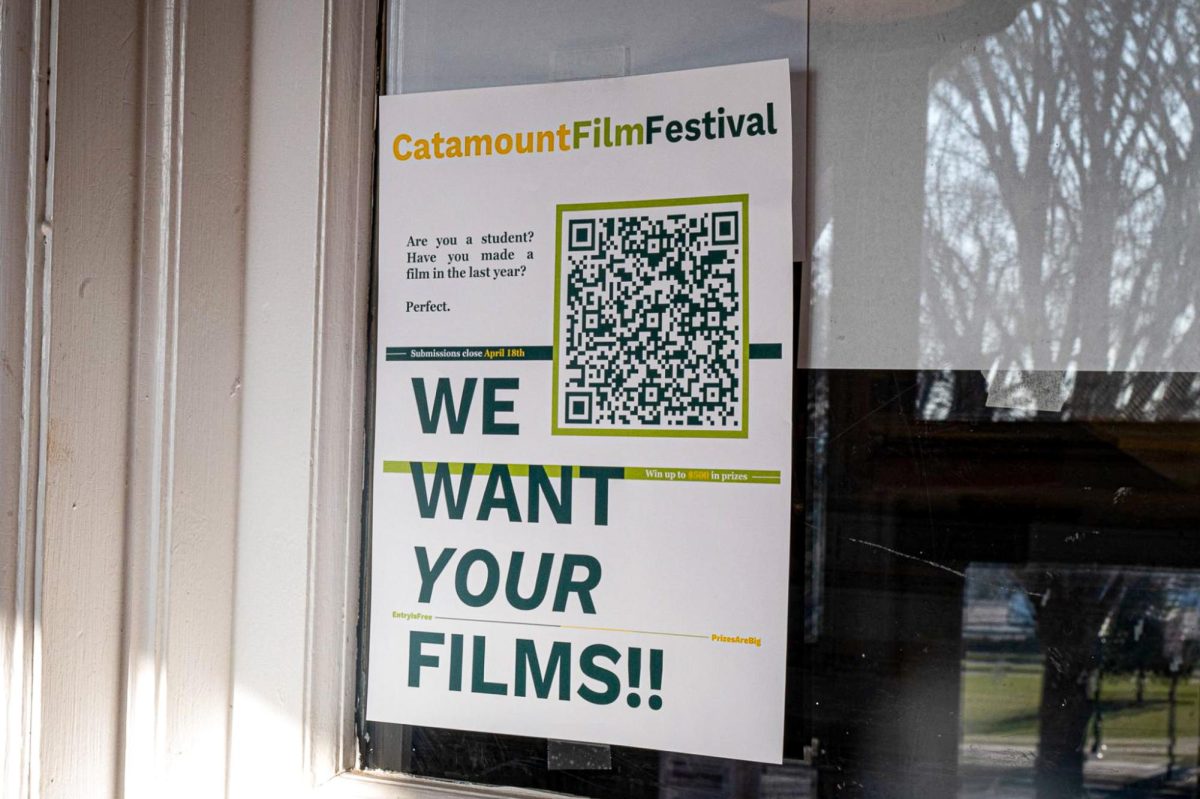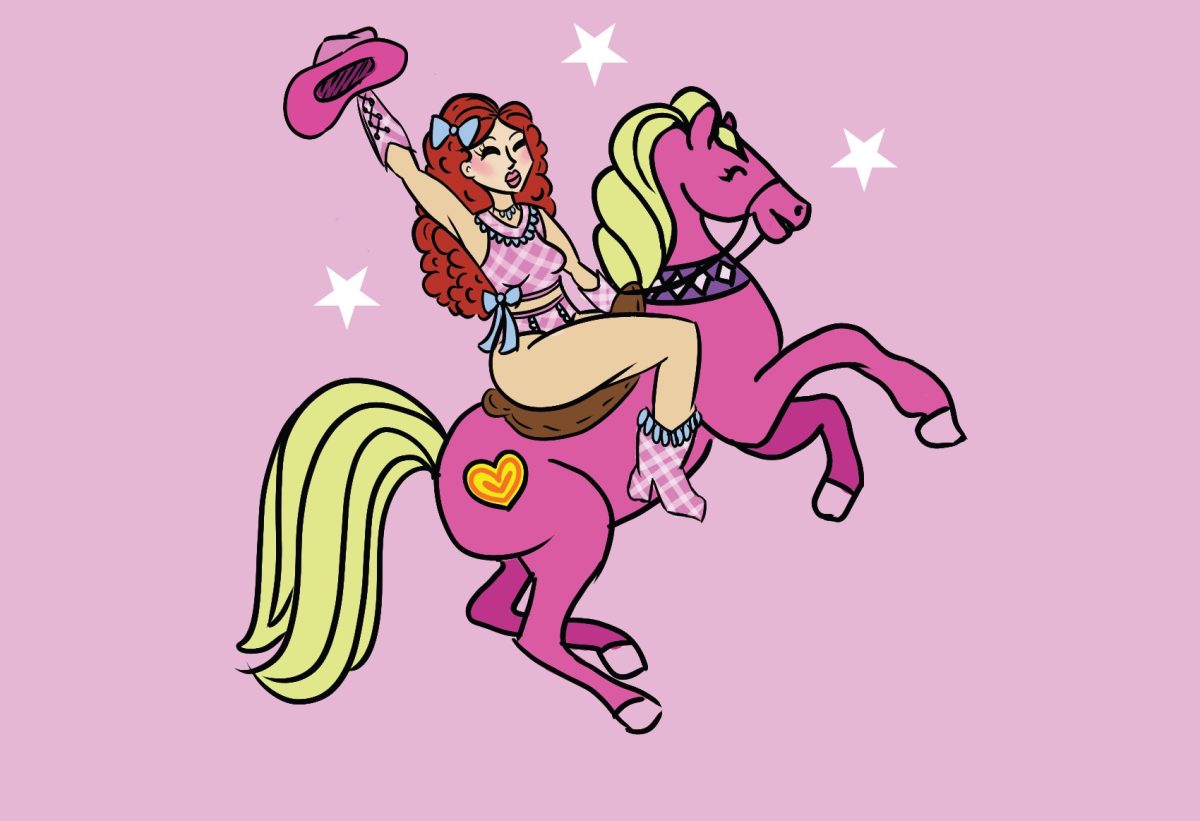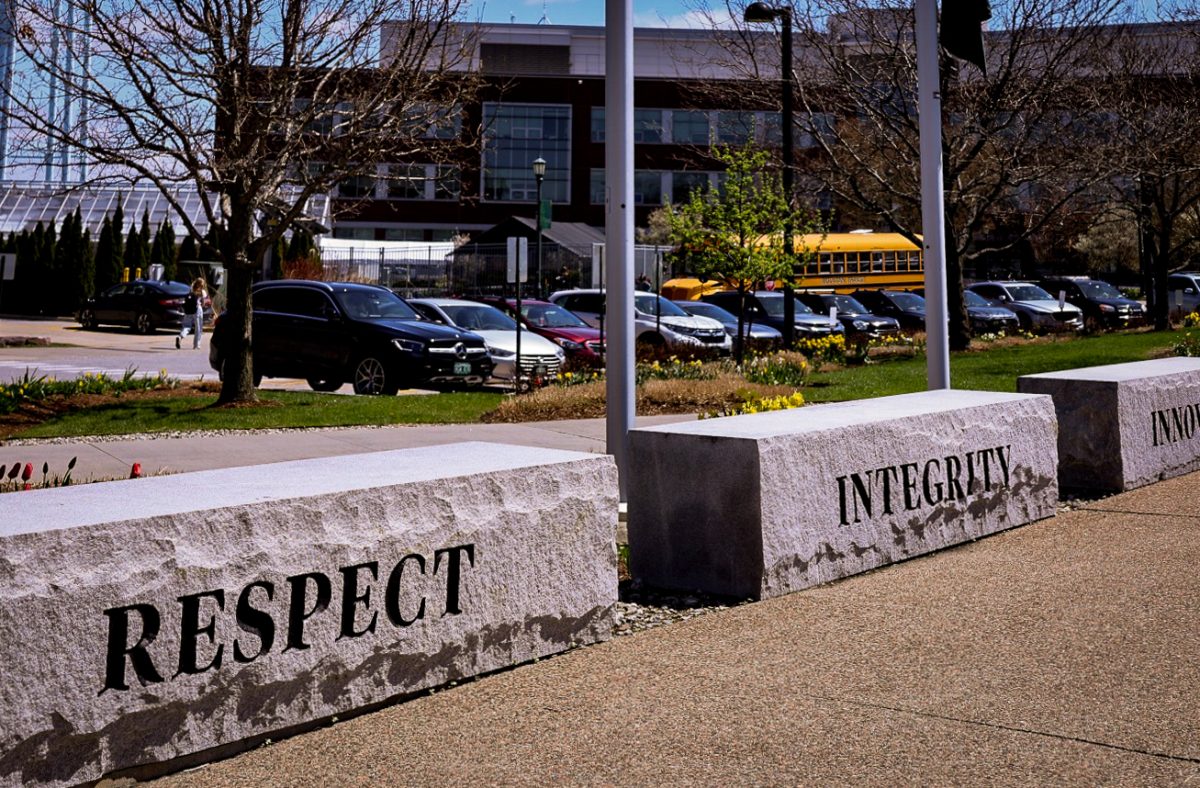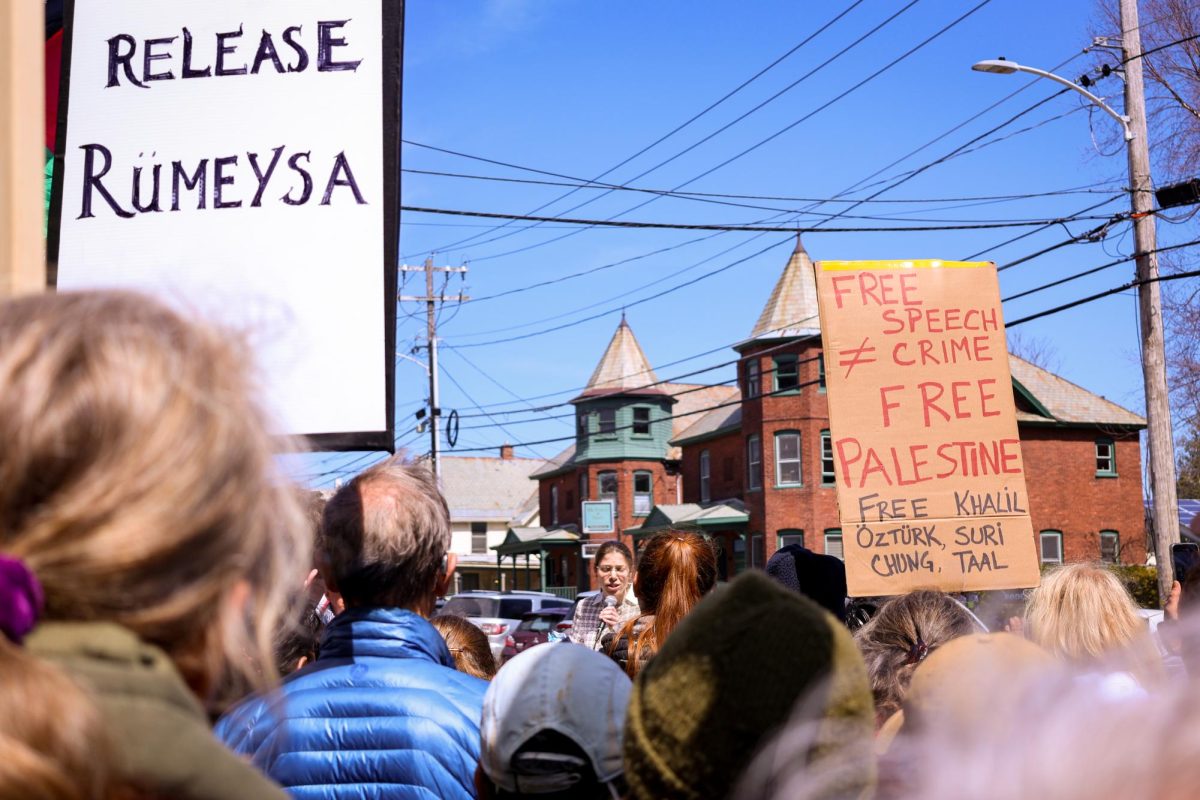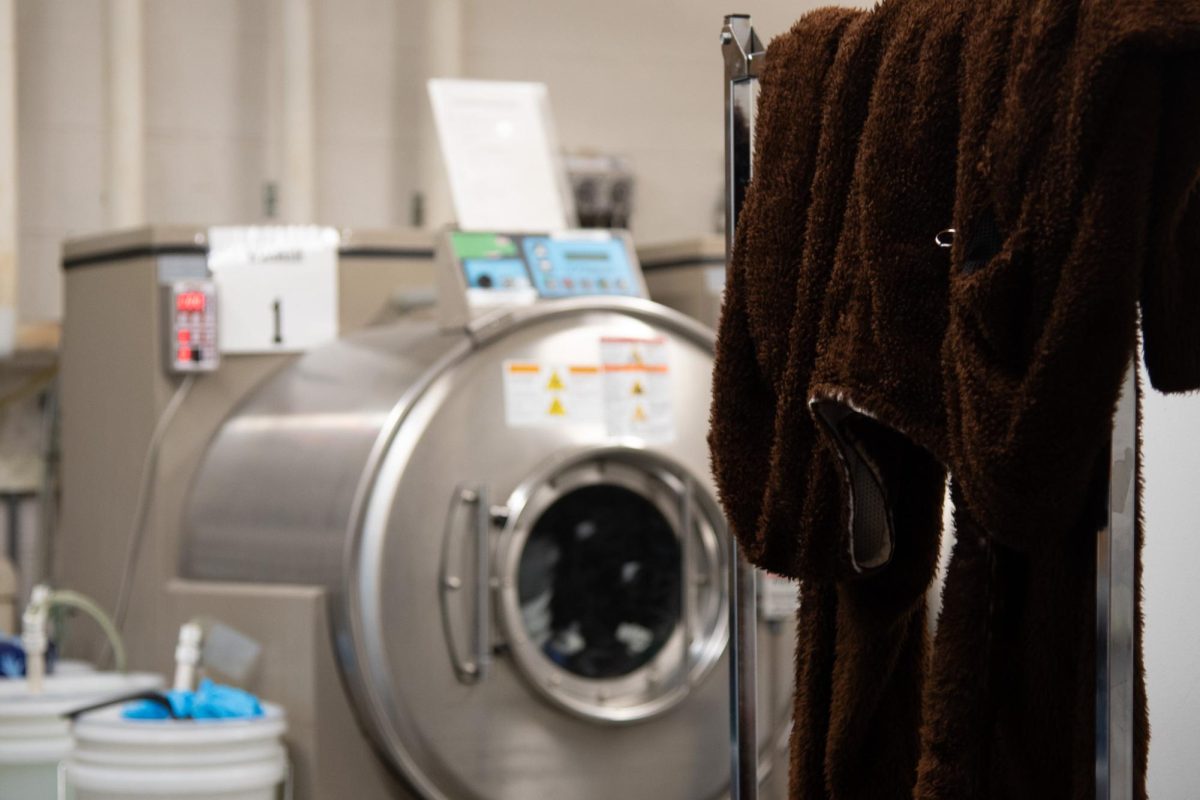The stoner comedy is such a mainstay in popular culture that it’s hard to imagine a world of film without it.
But with the legalization of weed for recreational purposes being a relatively recent development, one has to wonder how the depiction of illicit drugs on screen has changed over time and when the stoner comedy evolved.
The history of drugs in film didn’t start with the stoner movies of the ‘90s nor the LSD-inspired psychedelia of the ‘60s, but dates back to the invention of film itself.
The Silent Era (1890s-1930s)
Produced in 1894 by Thomas Edison’s company, “Chinese Opium Den” is believed to be the first film to depict drug use. The film has been lost to time, with nothing remaining except for a single frame, according to IMDb.
Although many of its kind have been lost, “Rube in an Opium Joint,” also produced by Edison, is believed to be the oldest film depicting drug use still available, having been released just a year before the first legislative attempt at drug regulation, the Pure Food and Drug Act of 1906, was passed.
These early films depicting drug use were often characterized by anti-Chinese racism, perpetuating harmful stereotypes that blamed Chinese immigrants for the spread of opium addiction, according to a 2001 article in UCLA Entertainment Law Review.
The Hays Code hayday (1930s-1950s)
The Hays Code was a set of guidelines and restrictions imposed on the film industry from 1930-1968, resulting in heavy censorship across genres.
The Code prohibited any depiction of the illegal drug trade, drug use or addiction, according to an Aug. 8, 2008 NPR segment.
Despite limited distribution, non-Code movies containing salacious content were able to find audiences in the independent circuit, according to the same 2001 article in the UCLA Entertainment Law Review.
“Reefer Madness” was a 1936 exploitation film warning against the danger of cannabis use, which, while unnoticed at the time, was later rediscovered and revived as a “midnight movie” in the 1970s, leading to its cult-classic status, according to a Nov. 8, 2022 article in Screening the Past.
The phenomenon around the film is often credited with revealing a niche for stoner films to fill, according to the article.
The film’s financial success opened the door for the mainstream portrayal of drug use in film thereafter, according to the 2001 UCLA Entertainment Review article.
The Psychedelic Years (1960s- early 70s)
As societal views toward drug use softened, so did its portrayal in film.
No sector of culture would remain untouched by the influence of the rise in popularity of hallucinogenic drugs like LSD and psilocybin in the 1960s.
Psychedelic cinema aimed to immerse viewers in a mesmerizing, dream-like world, an approach described by the Harvard Film Archive as “film as drug.”
However, the genre is far from rigidly defined, as prominent films range from Kubrick’s critical darling “2001: a Space Odyssey” to the animated romp that is the Beatles’ “Yellow Submarine” to the aptly titled Roger Corman film “The Trip.”
Unfortunately, no high can last forever; there will always be a comedown. As usual, Richard Nixon arrived to put an end to the fun.
In 1970, Nixon signed the Controlled Substances Act into law, declaring LSD and psilocybin Schedule I drugs — the worst kind of drug — prohibiting their use in research and signifying the beginning of the end of the psychedelic years.
The Stoner Age (1990s – 2000s)
If the success of “Reefer Madness” on the midnight circuit laid the groundwork for the stoner comedy genre, prolific comedy duo Cheech and Chong paved it.
The “stoner film” as we know it now was born with their 1978 film “Up in Smoke,” according to the Screening the Past article.
Most stoner movies follow the buddy comedy formula established by Cheech and Chong, where plot is secondary to the cannabis-fueled hijinks, think “Harold and Kumar,” “Pineapple Express,” or “Friday.”
While “Up in Smoke” opened the gates for the depiction of cannabis use in other 1980s films like “Fast Times at Ridgemont High” and “The Breakfast Club,” this wouldn’t last long.
Drugs in movies would once again take a backseat in the late 1980s – early 1990s as Reagan taught the country how to “just say no” to drugs.
Still, the War on Drugs didn’t stop movies like “Bill and Ted’s Excellent Adventure” or “Wayne’s World,” which feature all the same tropes as stoner comedies, just without the weed, according to an April 5, 2011 Vulture article.
Stoner movies would experience a revival in the 1990s, as Bill “I didn’t inhale” Clinton took the White House and cultural attitudes towards weed once again softened.
The history of drugs in cinema is directly intertwined with our ever-changing attitudes and legislation toward mind-altering substances, reflecting the anxieties, policies and trends of our time.


